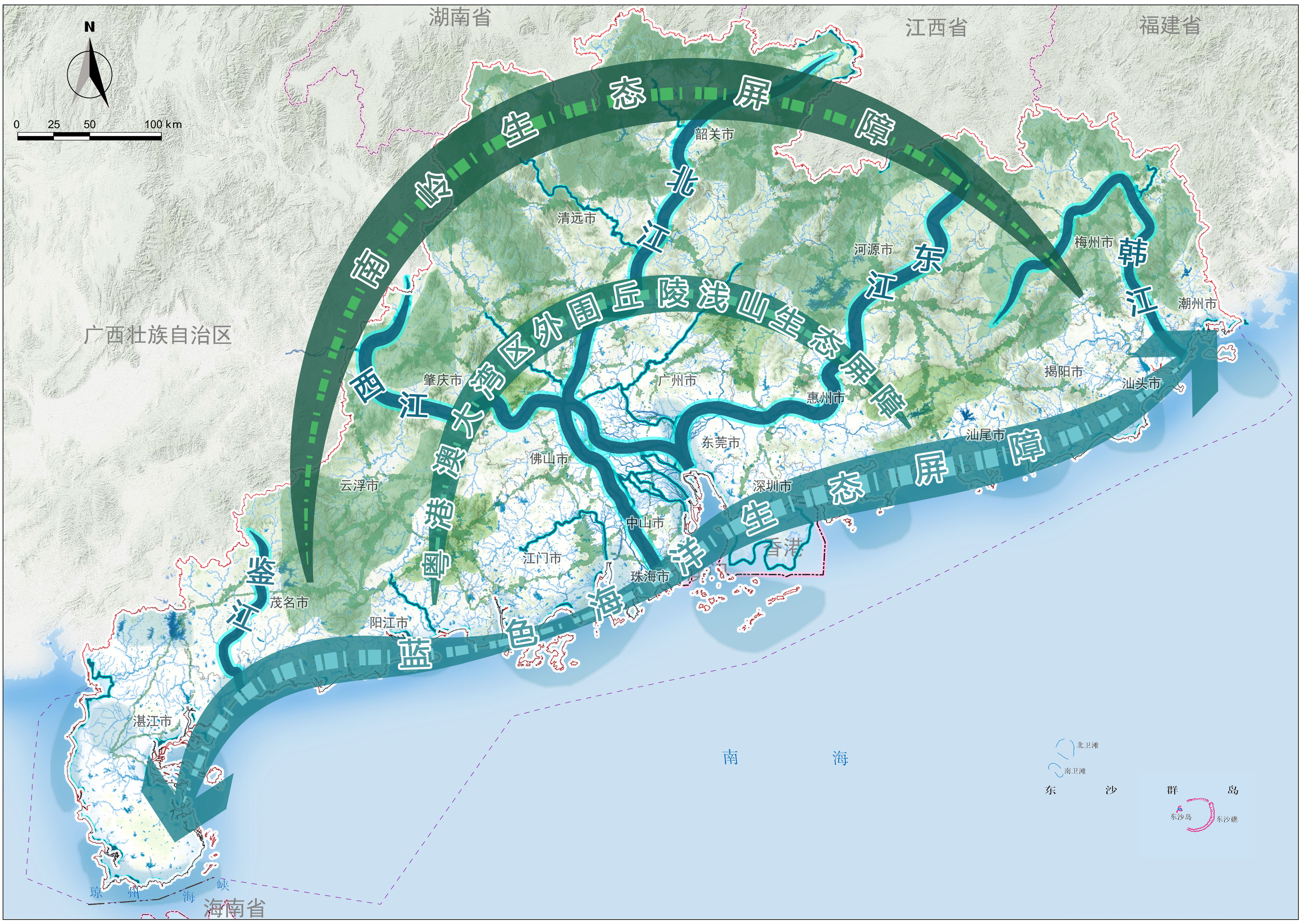Establishing a rational and clear territorial spatial planning implementation system is key to ensuring governance effectiveness. Following the formulation of territorial spatial planning at all levels, the planning system, from the perspective of formulation, has already been formed. However, from the perspective of implementation, neither holistic research nor empirical case studies have been discussed thoroughly. On the basis of Guangzhou's territorial spatial planning, this paper analyzes the problems underlying the existing planning system. To achieve the goals of all regions and elements that are covered by spatial planning, this paper puts forward suggestions for the implementation system based on the integration of duty, system, and content, which raises the targeting advices on Guangzhou's planning system,including four vertical transmission levels of "City-district-unit-plot", as well as the horizontal coordination of overall level planning, detailed level planning and special planning. It aims to provide a reference for other cities. The major conclusions of this paper are as follows. First, under the vertical implementation aspect among all levels of planning, integration with the "city-district-town" administrative system should be reinforced. To this end, the vertical planning implementation system of the "city-district-unit-lot" should be formed. Moreover, the contents of implementation should focus largely on objectives, control lines, land use, and public facilities. To be specific, the objectives from overarching strategies should be subdivided into sub-strategy indicators and action plans. In terms of control lines, categories of "big three control lines," including ecological protection line, permanent basic farmland protection line, urban growth boundary line; "small three control lines," including green space protection line, water system protection line, historical and cultural protection line; and other natural resource protection lines should have differentiated implementation and control methods. This paper argues that the following three methods should be followed: amount determination with boundary delineated, amount determination with boundary illustrated, and indicators determination with boundary of core elements illustrated. In land use management and control, this paper argues that the precision of land use control should be extended from functional policy area to dominant use zoning. Furthermore, development capacity zoning should be emphasized as the basis to promote the compatibility of land use, population, and total floorspace. Last but not the least, public facilities should be allocated according to the three-tier system: city-level, district-level, and community-level. Control guidelines must also be reinforced, which includes facility standards, land boundaries, allocation points, and facility scale. Second, using horizontal implementation, this paper suggests that a "connection-retroaction" mechanism should be established, including special, comprehensive, and detailed planning. Above all, the formulation of special planning should be synchronized with comprehensive planning in order to reach a consensus about planning lists, core planning elements, and collaboration mechanism. Thereafter, the rules to implement special planning among all planning levels should be clear. Detailed standards, indicators, directory, structure, and location implementation should be the major factors in rule setting. Although there are great differences in planning system, organization, and management mode among cities, Guangzhou still has representative significance. It can provide reference for the research and establishment of territorial spatial planning and implementation in China.
